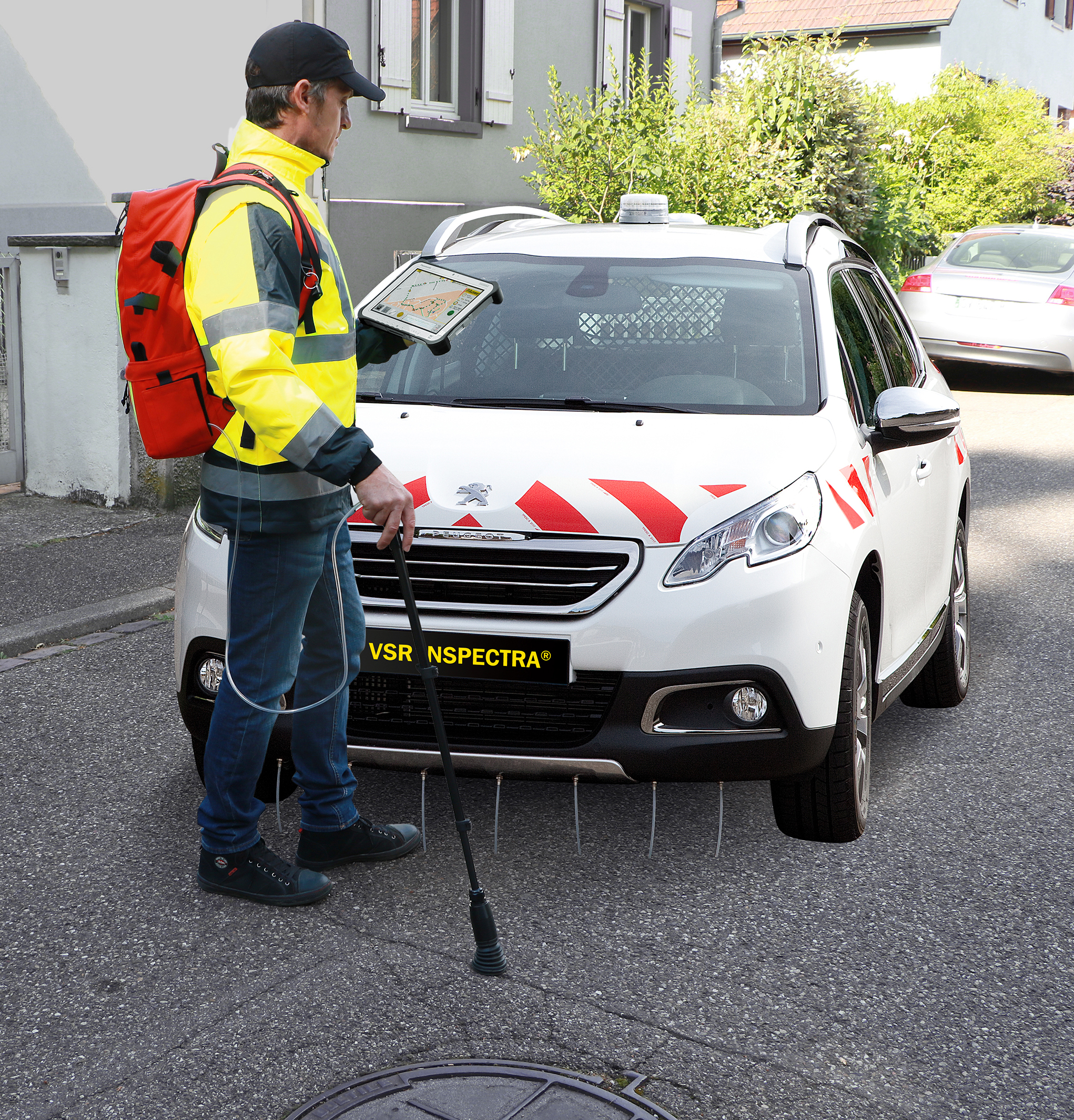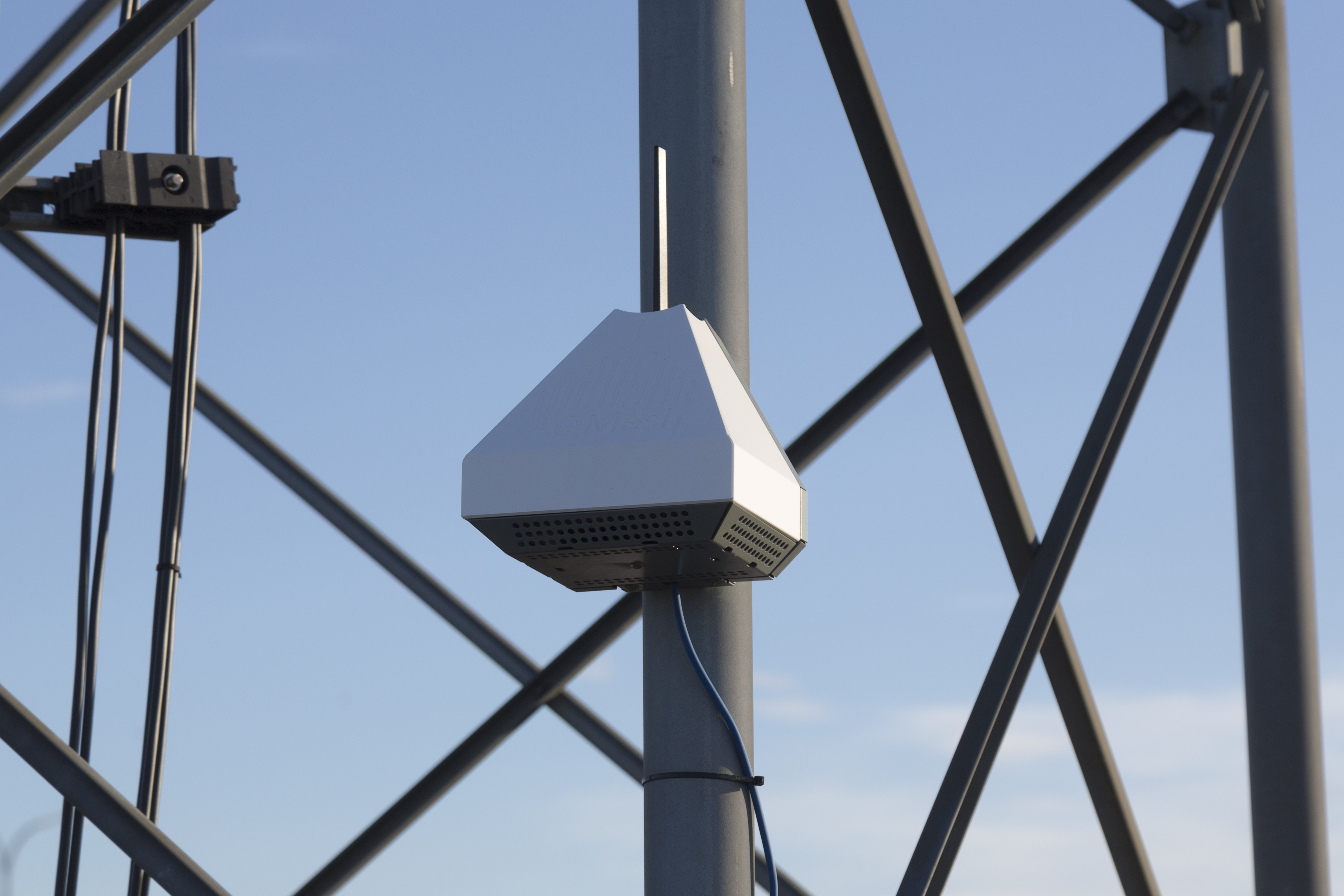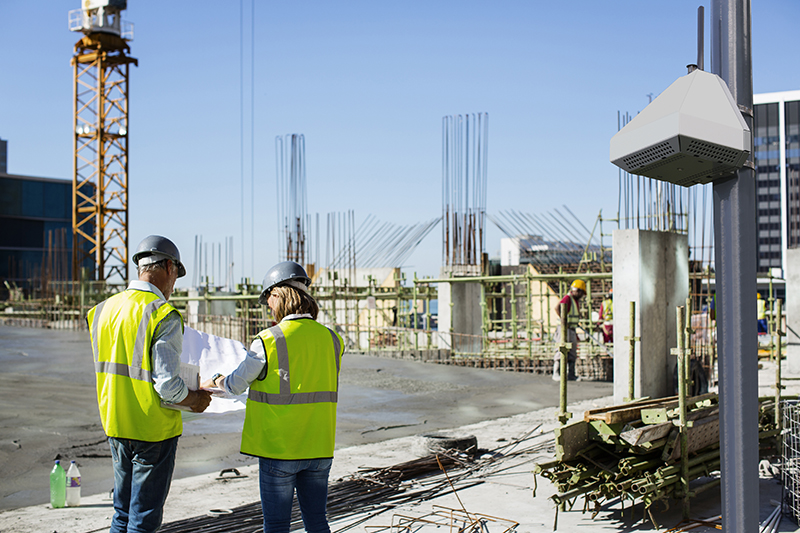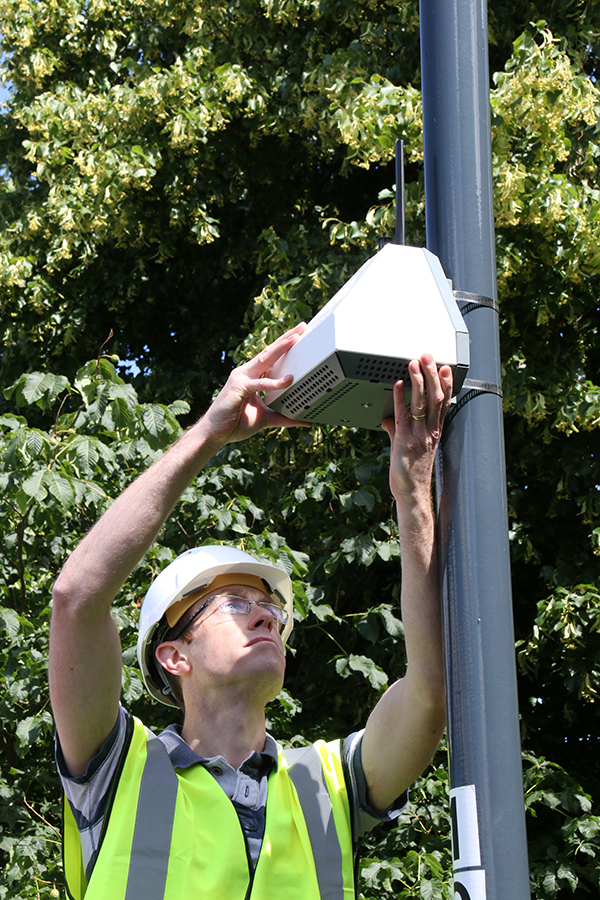First of all, you can’t calibrate using bottled gas, as with reference analysers. Even if you can create a chamber or manifold to pump gases through, electrochemical gas sensors do not respond in the same way to single, dry gases as they do to mixed gases in an ambient environment. And that sort of ‘laboratory’ approach is even more difficult with particulate matter – we have seen huge resources devoted to mixing particles in a chamber, but it is very hard to achieve a known, consistent level against which to calibrate.
Small sensor systems are best calibrated by co-locating one or more units as close as possible to the intake of a reference or equivalence standard analyser, whether for gas or PM. Access to a reference analyser varies depending on the number available locally and also local authority policy regarding access. Mounting lots of small sensor systems in the confined space of a reference station is not easy, particularly finding clear space for power supplies, including solar. In this case, the ‘gold pod’ approach is effective: calibrate one unit against reference and then co-locate that unit against each of the others in turn, or with them all mounted together in a more convenient location. A couple of things to remember:
- Some pollutants are poorly mixed, eg: NO close to source, so levels can vary dramatically over short distances: we consider a true co-location to be no more than a meter between sensor and reference inlet
- Pollutant levels at the co-location site need to be appropriate – avoid sites where levels are very low, as calibration is likely to be unsuccessful and would result in low accuracy at locations where levels are higher
If a reference station is not available, diffusion tubes or passive samplers can be used instead. Both approaches offer traceability to a certified standard, and therefore provide a route for data quality assurance. We can provide a tested methodology for calibration against diffusion tubes.
As co-location as a means of calibration involves equipment movements (potentially many unit installations and de-installations), this approach can be resource-hungry. New methodology is now being used which can calibrate a network of small sensor systems against a reference station in the area, and is a service AQMesh offers.
A final word: beware ‘self-calibrating’ systems. If it uses machine learning for its data processing, then it will be optimised for the location and conditions of where it was calibrated, and the unit cannot be reliably deployed anywhere else with confidence in the calibration. In addition, the processing used to calibrate is not an ‘empirical correction’, so it is not repeatable or traceable to reference or similar instruments within its network.




